You may not find this terribly rewarding unless you're included here, so this is a good time for casual and random browsers to turn back before they get too caught up in the sweep and majesty of the proceedings and can't let go.
The Augusta graveyard of cars, and more Staunton architecture

We're back for another scenic walk through the Augusta Springs Wetlands, in Augusta Springs VA (pop. 257) on the Little Calf Pasture Highway, about 17mi west of Staunton through Buffalo Gap. It's part of the George Washington National Forest administered by the US Department of Agriculture, site of a former take-the-waters sort of spa, of which there are few remains now.
[As of March 2020, more information about the former hotel and resort, founded in 1817 and demolished in 1940, can be found in the Staunton News-Leader newspaper, 30 May 2015.]
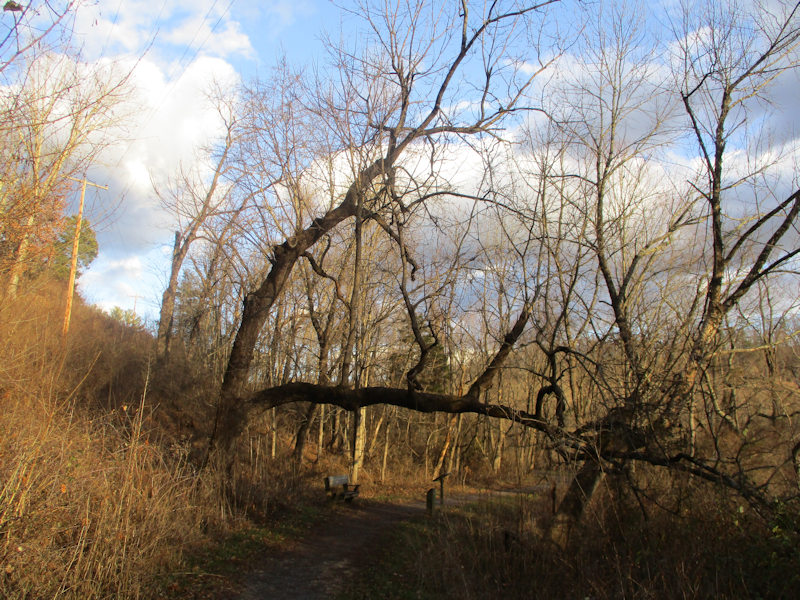
It's fine day, 4 December 2019, and we're considering including the upper path with our usual simple lake loop.
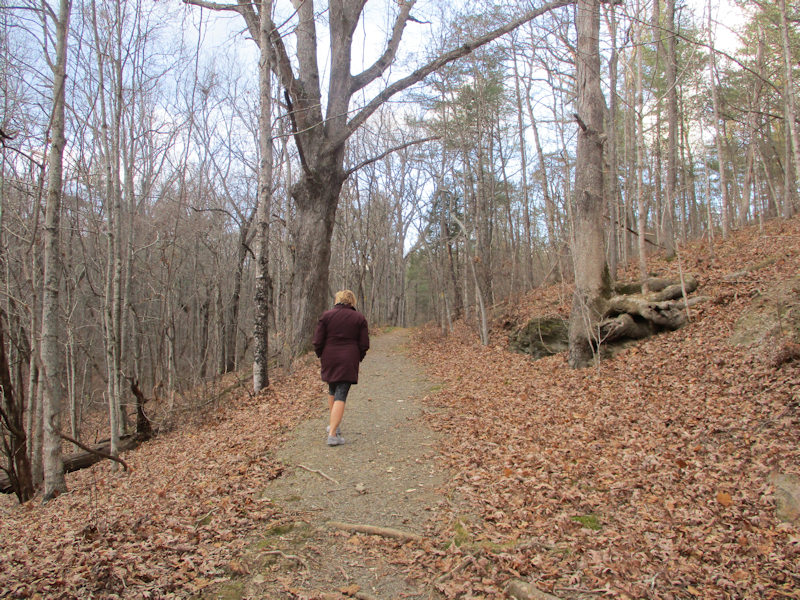
Scraggly old woods, but a nice path
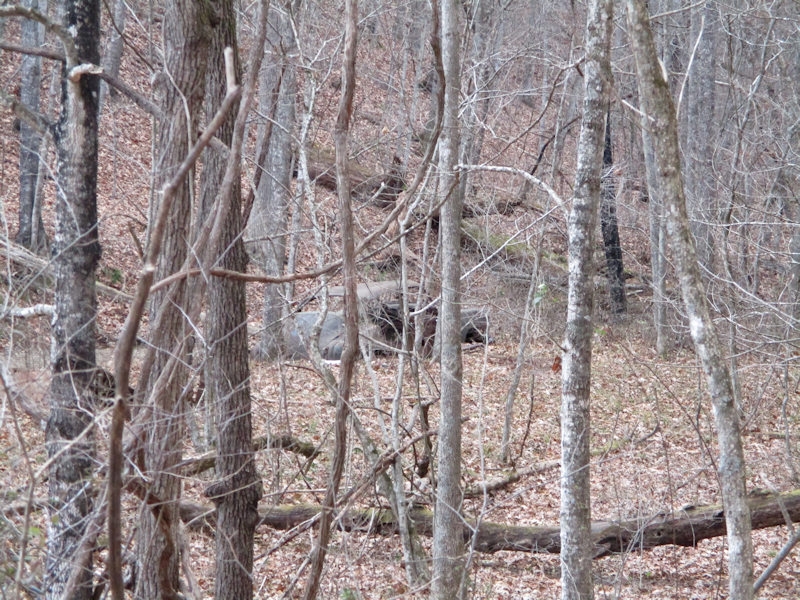
With a few unexpected sights along the way

Vintage early 1950s, maybe?

Another one, in bits under a fallen tree


Abandoning an unwanted old car would certainly be cheaper than disposing of it properly, if you could figure out how to get it out here in the forest.
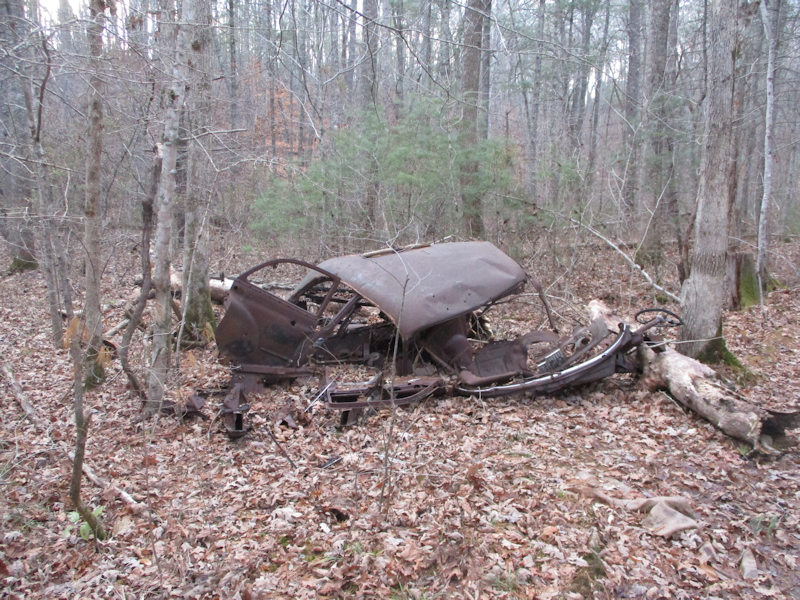
Unless this wasn't a forest at that time

A byproduct of the thermal springs spa and resort, perhaps, back in the day
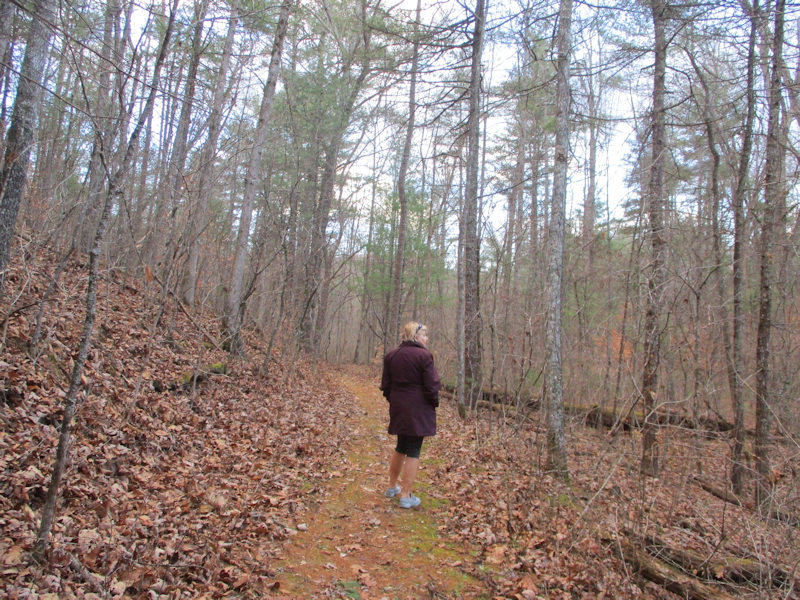
Time to go home
More of Staunton's architecture: the Gospel Hill District
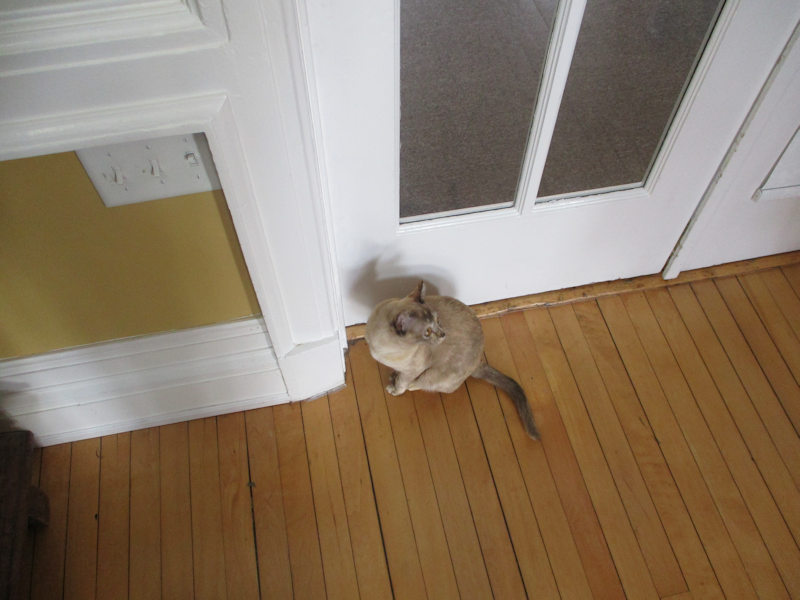
Choupette is lurking near the door of the flat, prepared to escape like a streak of cat lightning.
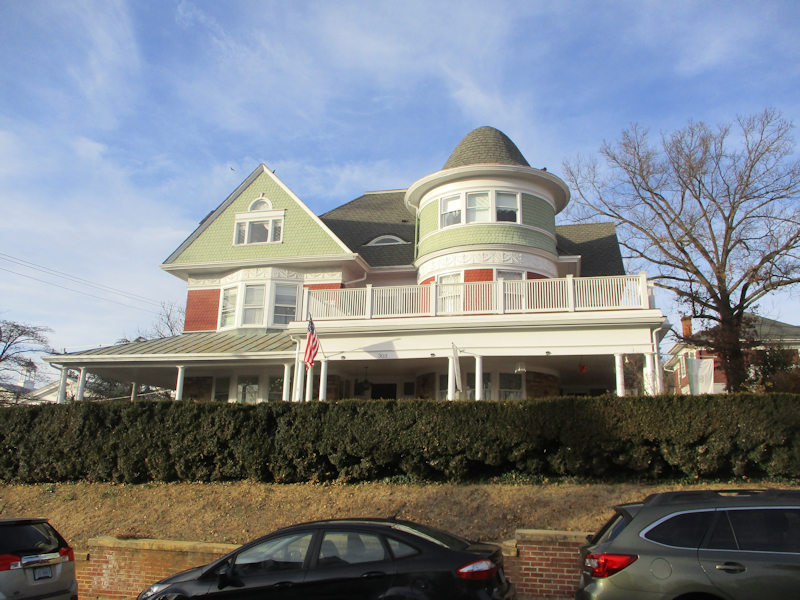
Today, of Staunton's five so-called 'historic districts', we exploring the Gospel Hill area up on the east side of town. Gospel Hill is so called, apparently, because in the 1790s religious meetings were held in a blacksmith somewhere up here. This is a ca. 1896 house in the 'Shingle Style', according to the brochure, on Berkeley Place across the street from the Woodrow Wilson Presidential Library. As so frequently in Staunton, more towers and verandas.

Still on Berkeley Place. (Ignore that unseemly Trump/Pence sticker. We will, too.)
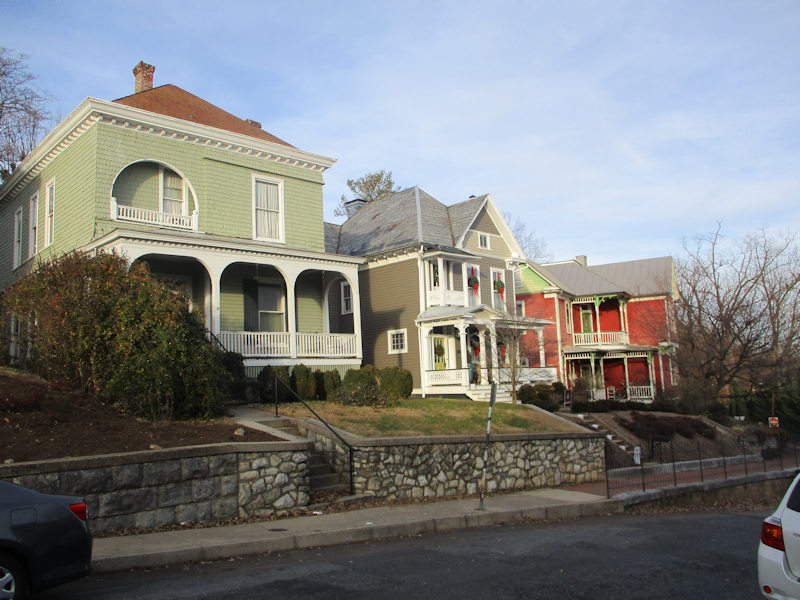
Berkeley Place is a short, rather elegant street between N. Coalter and E. Beverley, the latter of which has curved round northward from its central downtown east-westiness.
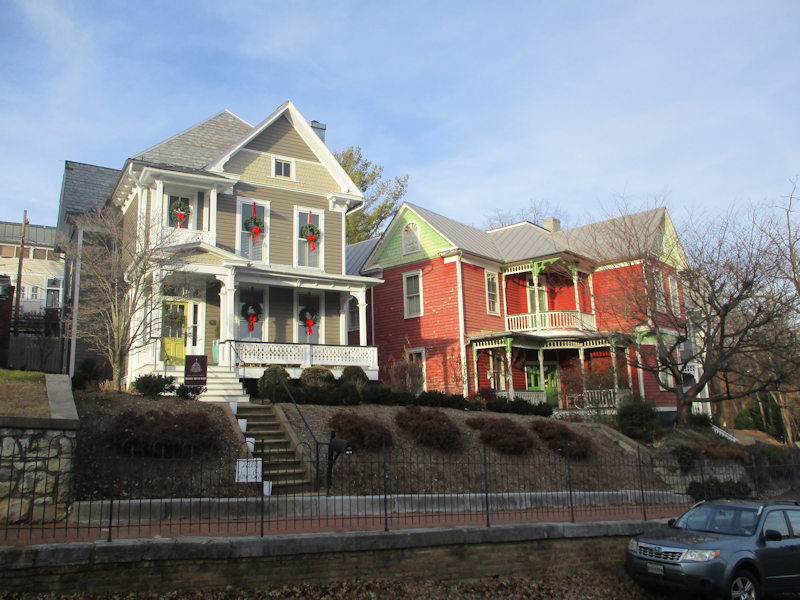
Still on Berkeley Place, these are described as 'late Victorian homes in the Queen Anne, Stick Style, and Colonial Revival style . . . rich in ornamentation and design' (1880s-1890s).

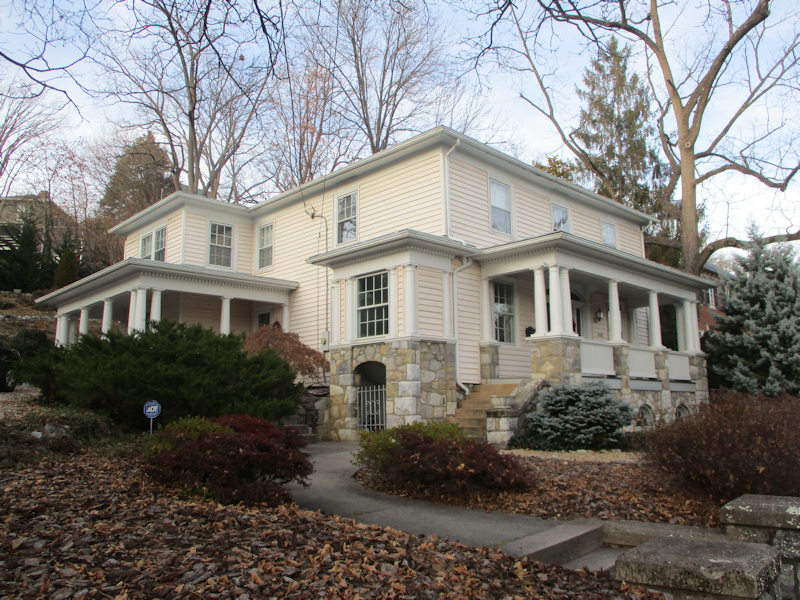

414 E. Beverley St

434 E. Beverley

This is called 'The Oaks', built in ca. 1840 but bought by the Civil War mapmaker to the stars, Jed Hotchkiss, who added to the front of it in about 1888: 437 E. Beverley St.
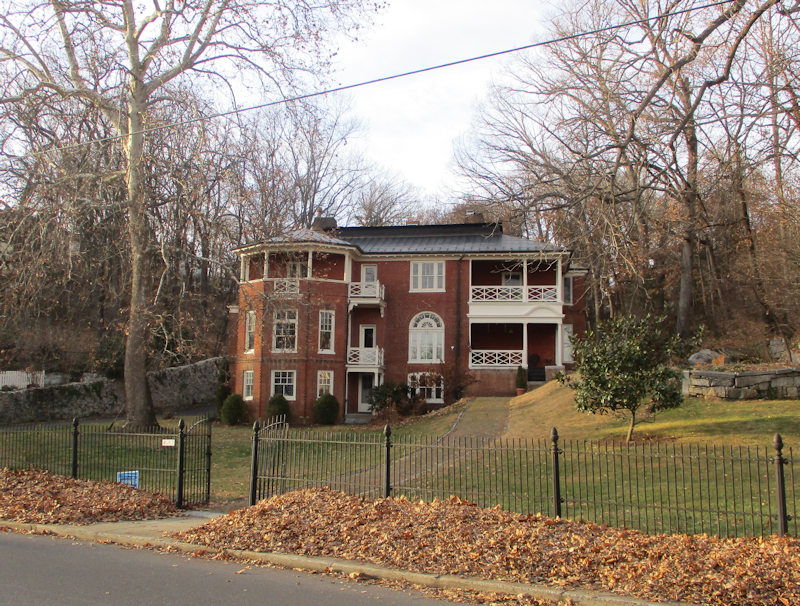
The same
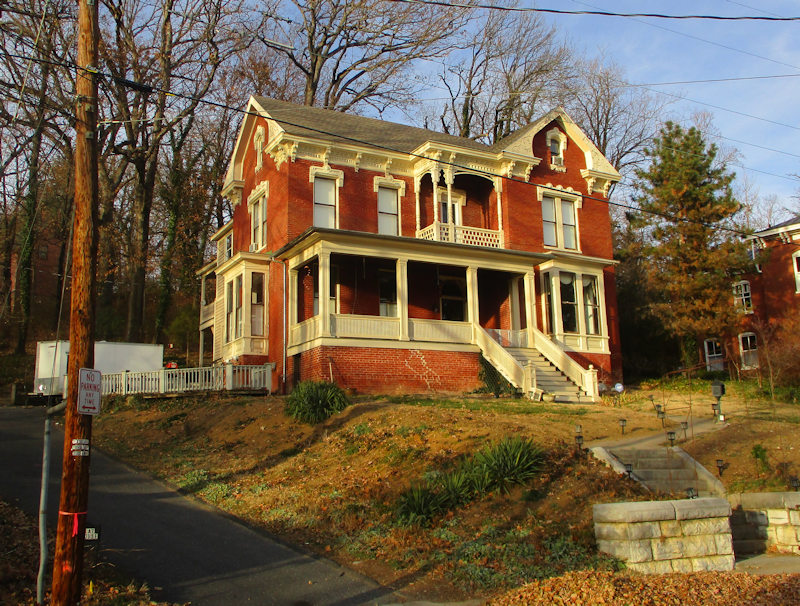
We're passing the main entrance of the Virginia School for the Deaf and Blind behind us.

'Oakdene', built for the then Virginia Lt Governor in 1893, with . . .

. . . an owl on top.
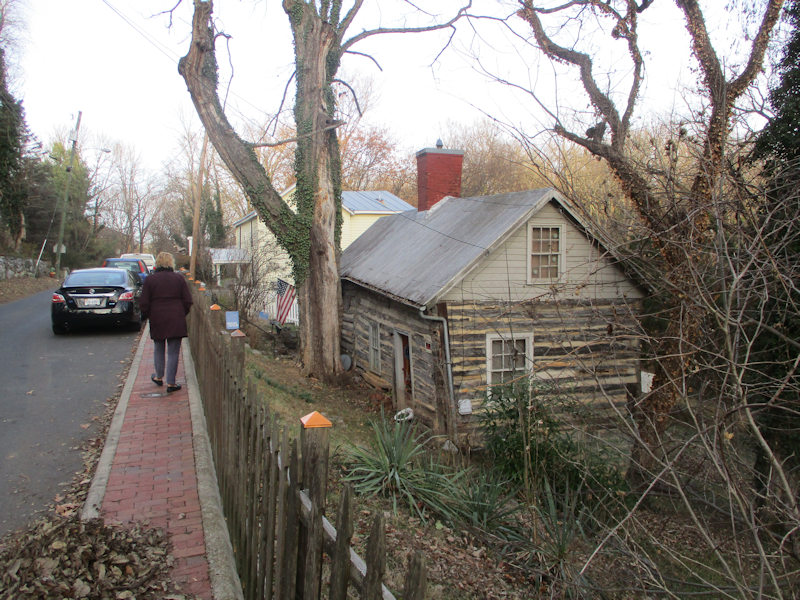
Farther along on E. Beverley, the Cabell house, a two-room exposed log house built in 1869

Fans of the Carolina Panthers sports team, and patriotic

We're back out Sherwood to N. Coalter St now, at the intersection with Kable Street
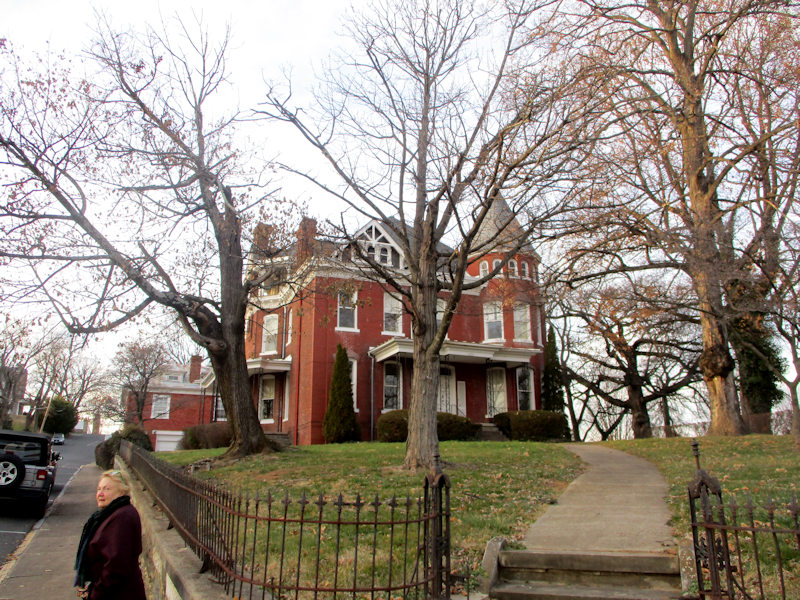
On N. Coalter St., looking up Kable Street

The 150s block on N. Coalter

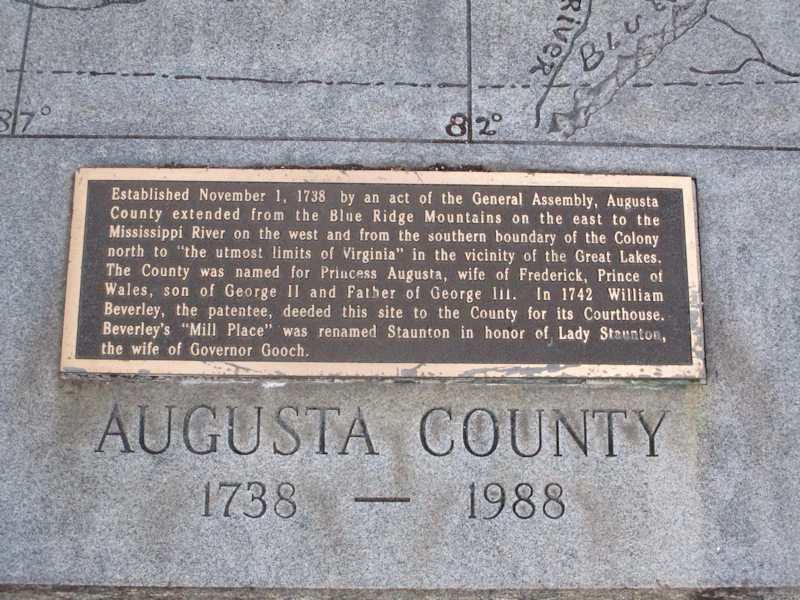
A little background on Augusta County

A vigilant Choupette

Accusatory, or just suspicious?
Next stop: Brief visits to Boone, NC, and Harrisonburg, VA


 Dwight Peck's personal website
Dwight Peck's personal website
































